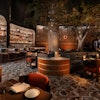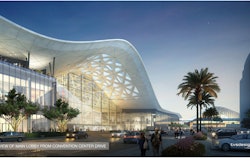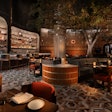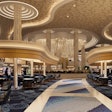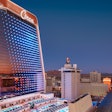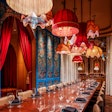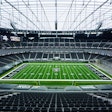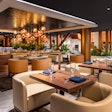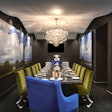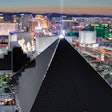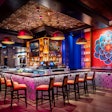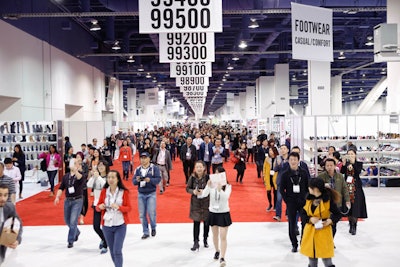
The twice-yearly fashion trade event Magic will host its summer iteration August 17 to 19 at the Las Vegas and Mandalay Bay convention centers, and its producer UBM Advanstar is going into the event with significant momentum.
While Magic currently stands as the largest fashion marketplace in the world, organizers wanted to both grow and improve the attendee experience. So following last August’s show, they turned to marketing engagement platform Marketo to mine attendees and exhibitors for feedback that could help the show personalize its attendee experiences and deliver more value for their travel to Las Vegas.
The Marketo survey went out as an email to registrants and exhibitors. When feedback rolled in, organizers learned that industry professionals were overwhelmed by the conference and felt it didn’t provide enough resources around the business of fashion. UBM Advanstar wasted no time translating these insights into ways to rebrand and personalize its program in time for the next show, held this past February.
The results of the changes were plain to see—and the figures were staggering. The show saw a 29 percent increase in attendance—the largest it had seen since the economic recession hit—plus a 430 percent growth in first-time registration. That meant new attendees accounted for one-third of the show floor that February.
Implementing the changes also meant using less marketing resources, such as staff time, manpower, and funds, as in years prior, while producing more output in terms of content, audience engagement, and other bonuses for the crowd.
Key insights
Show organizers were looking for a one-time evaluation they could do as a way to drive a rebranding effort. They turned to Marketo software “so that we could use that feedback to have a one-to-one conversation with each survey respondent afterward,” says UBM Advanstar vice president of corporate communications Kelsey Breakey.
The Marketo evaluation delivered a goldmine of significant data organizers were able to evaluate. "We learned a lot—and the way we structured the survey allowed us to really gain a sense of not only what our customers thought we were good at, but also which of those things were the most important to them,” Breakey says.
The team asked the respondents to rank the show on the five pillars the show aims to deliver: quantity, quality, and relevance of selection; community and connections; and just plain fun. Respondents ranked the five pillars to help organizers understand how important each one was to them.
Breakey explains, "For example, we might offer the most fun in Vegas, but if that's not what drives our attendees to attend a fashion trade event, then we were missing the mark.”
What the results showed was that it was selection that was the most important thing to the respondents—and that wasn’t even in the top three areas on which the show was currently delivering.
"This was a complete shock to us, as Magic is the largest fashion event,” Breakey says. "Essentially no other show has more selection. But when we sat back and listened to the responses, it told us that though we were the largest, our attendees were getting lost, they didn't know really what was there or how they could possibly see everything they should in three days."
Personalizing the response
Organizers tackled multiple approaches to change in order to respond quickly and holistically to showgoers’ feedback. “We did many things to respond to this insight, from a macro-level brand refresh to tailored promotional campaigns,” Breakey says.
The team identified there were five types of buyers at its shows: women’s, men’s, or children’s apparel buyers, footwear buyers, and those who were searching for raw components.
For the February show, the team focused on giving the marketplace a cohesive, thoughtful, and meaningful look and feel.
For the second phase of response to attendee feedback, this month's show will focus on grouping the marketplace into easier-to-navigate fashion verticals. The organizers have also added buyers’ guides that customize what the show has to offer based on each buyer group, including daily itineraries with seminars and events.
"The goal is to help people understand everything available to them, and the best way to have the conversation is to tailor the content to the way they self-identify,” Breakey says. "Once we can 'show 'em that we know ‘em,' we can deliver meaningful solutions.”
Breakey says she’s looking to measure success at the August show through what she calls “multi-show shopping.” In other words, "Historically, though we have 10 to 12 shows in our marketplace, our attendees were attending only a portion of those shows that were relevant to them. Our goal is to see our attendees shop for more days at our venues and visit all of the shows in their category," she says. "By doing so, we will deliver increased value to our exhibiting brands."
Marketing the changes
To announce the upgrades to the attendee experience, Magic revamped its entire public-facing communication strategy. "From the way our website was organized to our brand hierarchy and look and feel, and even our internal campaign process … everything changed. And the impact has been substantial,” Breakey says. "Attendee outreach become centrally focused and managed, and each of the shows within Magic were given a unique identity that carried through synergistic color palette, image style, video format—you name it, we tackled it.”
